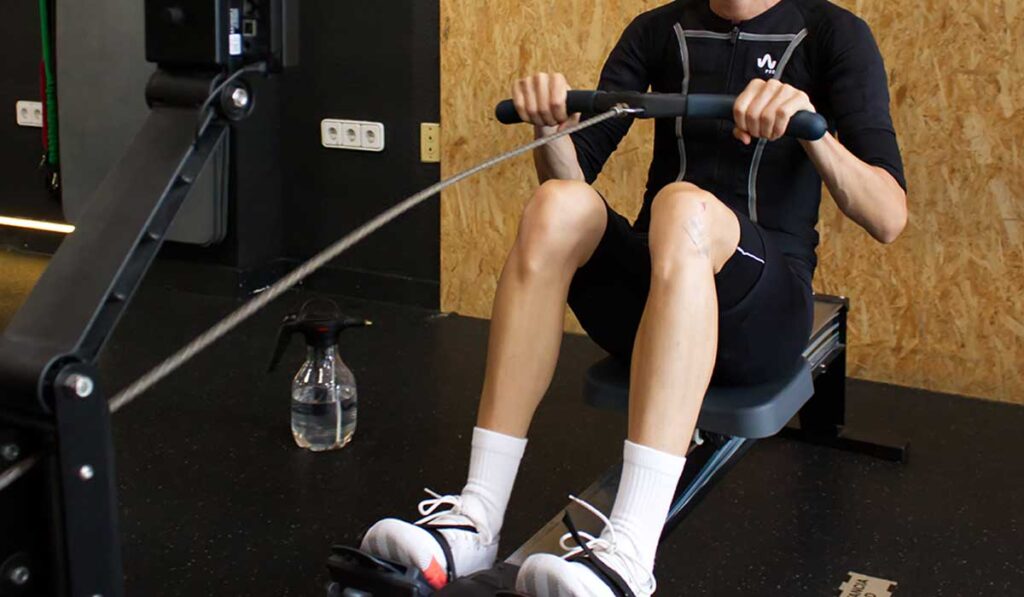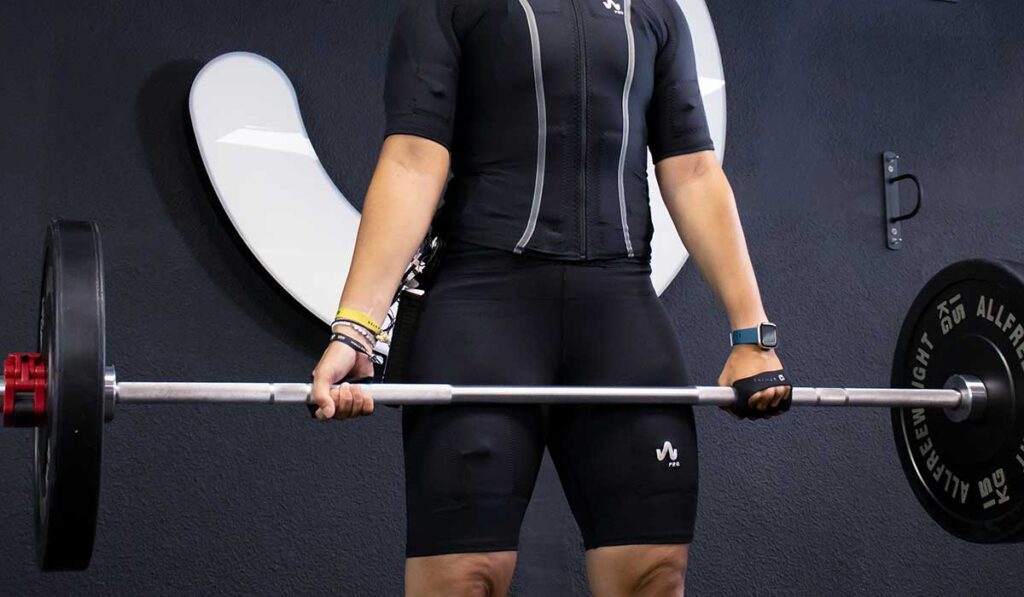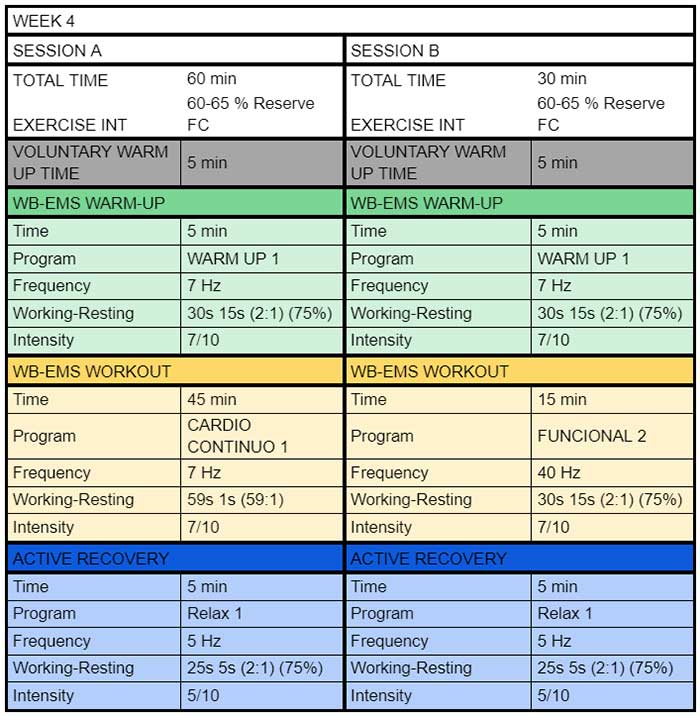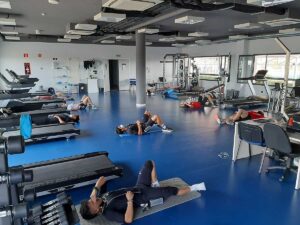The Electrifitty study aimed to analyze the added effect of whole-body electrostimulation on various health and sports performance variables. Among all the variables, we highlight strength testing as an important parameter of body composition. However, we must be aware that cardiovascular training has never produced improvements in muscle strength levels. At Wiems Lab, we wanted to answer the question of whether the WB-EMS might be able to improve strength parameters without specifically training strength. This is due to the limitations that some people have for this type of training, and because strength is considered a variable of present and future health.
In fact, it has been shown that the more muscle strength an individual possesses, the lower the risk of mortality, regardless of other potential factors (1). Several studies have shown that physical exercise is effective not only when it comes to preventing and treating obesity, but also improving muscle strength (2). However, although these interventions are relatively effective, the resulting adherence of the participants to training sessions is often low (3). Therefore, it is crucial to design and implement new sports training methodologies to reduce obesity rates and to control the energy balance in a sustainable way over time (4).
The Effectiveness of Electrostimulation Training
The functionality of electrostimulation has been demonstrated in numerous scientific studies carried out in athletes (5), as well as in sedentary middle-aged adults (6). Previous studies have shown that both local electrostimulation and EMS are effective tools for improving isometric strength (7), vertical jump (8), cardiovascular fitness (9), running economy (5) and maximal strength (10) in healthy, trained individuals.
However, there is no previous study that tests the efficacy of WB-EMS when it comes to improving muscle strength without specific training for it.
However, there is no previous study that tests the efficacy of WB-EMS when it comes to improving muscle strength without specific training for it.
Muscle strength can be analyzed from different perspectives. At Wiems Lab, more than just conducting an analytical assessment of knee extension, we wanted to evaluate the improvement in more natural movements, such as in the step, pull-up and horizontal rowing. For this purpose, we used:
- Functional Electromechanical Dynamometer (DynaSystem, ModelResearch, Granada, Spain). obtaining the mean force and peak force applied to different movement patterns. This device had been previously validated (11, 12) and seemed to offer measurement guarantees for the selected movements. The following image shows the exercises performed.


Training Plan
In short, the training lasted 4 weeks with 4 workouts per week. The type of training was aerobic on a cycle ergometer and elliptical trainer, and followed a plan of the electrical parameters that can be seen in the following table.

Results of the study and improvements achieved
As we have mentioned, it is quite ambitious to think that there will be improvements in the expression of strength after only 4 weeks of exercise and, moreover, of an aerobic nature. So much so that there are no differences between the two groups when it comes to measuring muscle strength. The following graph shows some of the strength assessments we performed on the upper body (rowing) and lower body (MTP).

What does electrostimulation contribute to this process?
What does electrostimulation contribute to this process?
Conclusion
In conclusion, we may cautiously state that aerobic exercise added to the use of the WB-EMS does not seem to have an impact on strength levels. It is true that the electrical parameters used can be modified and have a different impact on the body. One thing we may conclude is that it is difficult to increase muscle strength levels without performing exercises that have this same objective, despite the multiple benefits of the WB-EMS.
Unai Adrian Perez de Arrilucea
Wiems Lab Team







